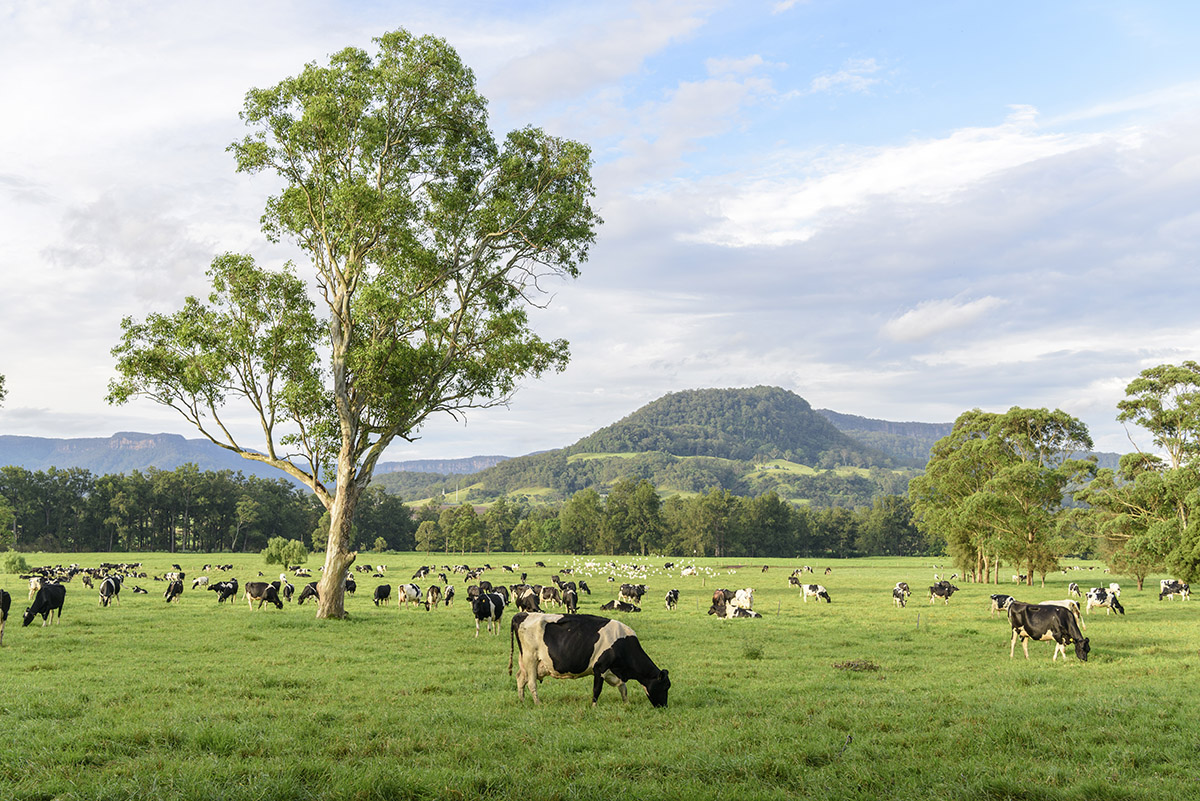AgriFutures Australia General Manager, Business Development Michael Beer, said given the large amount of land under management by Australian farmers, new initiatives from primary producers had the ability to positively leverage environmental outcomes for the nation as a whole.
“Industries including dairy, eggs, cotton and beef are stepping forward to create sustainability frameworks,” said Mr Beer.
“These frameworks are informing research and development priorities and, in turn, shaping best management practice guidelines.”
AgriFutures Australia’s National Rural Issues Program recently funded research to identify areas of common ground between natural resource manage management (NRM) programs and industry-led sustainability initiatives.
“The report by GHD has identified potential policies to boost collaboration and barriers that potentially stymie a joint effort between industry research and development corporations (RDCs) and NRM regional bodies,” said Mr Beer.
A roadmap of 10 recommendations emerged from AgriFutures Australia’s Integrating NRM with Industry-Led Sustainability report, including:
Industry
1. Engage NRM regional bodies early in the development and implementation of sustainability initiatives, including in steering committees and consultative groups as appropriate.
2. Consider the role of NRM regional bodies in extension and adoption activities, including exploring more effective ways to share R&D findings relating to improved practices.
3. Map where there is commonality across sectors in indicators and data requirements.
4. Coordinate and participate in forums for ongoing engagement with NRM regional bodies.









